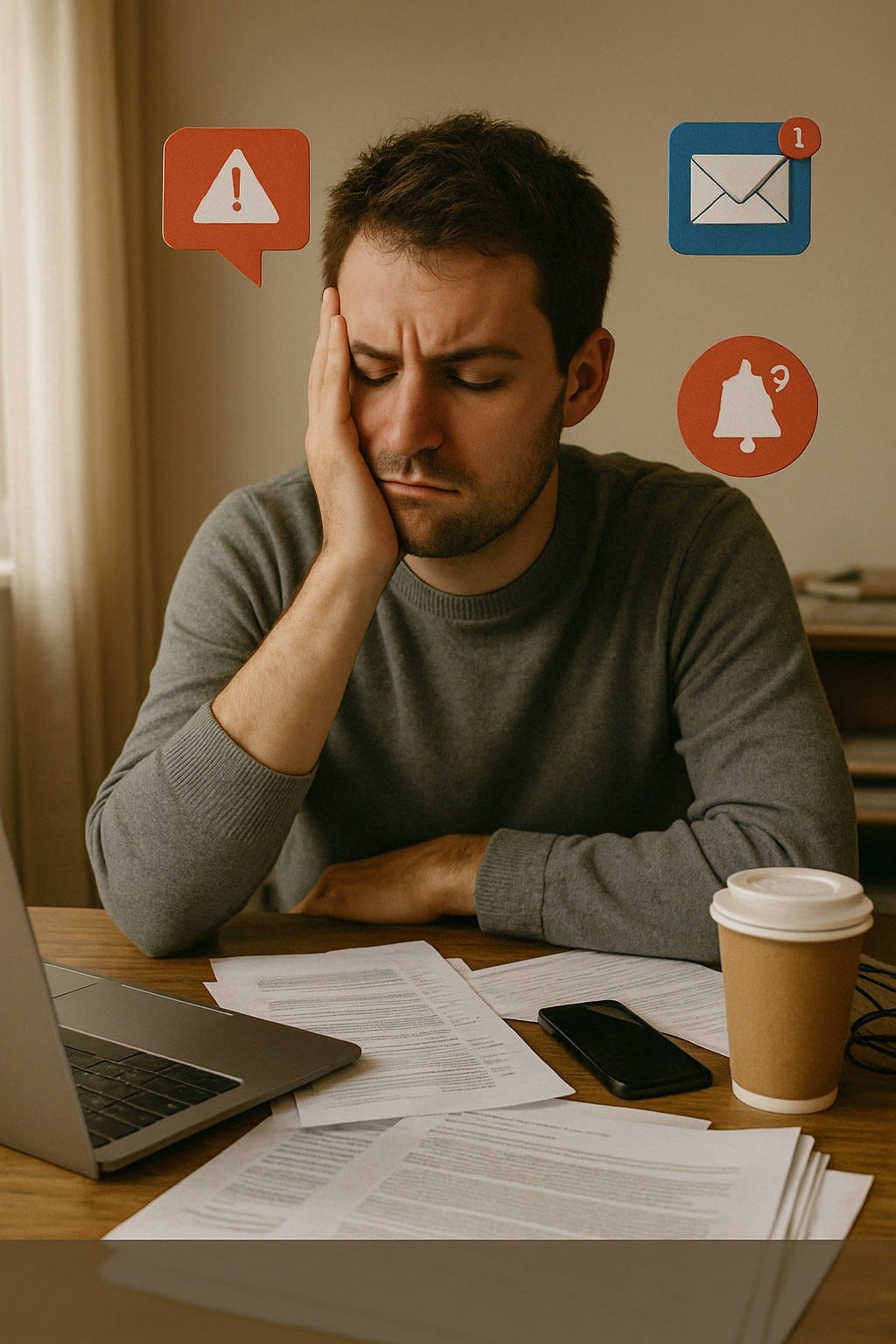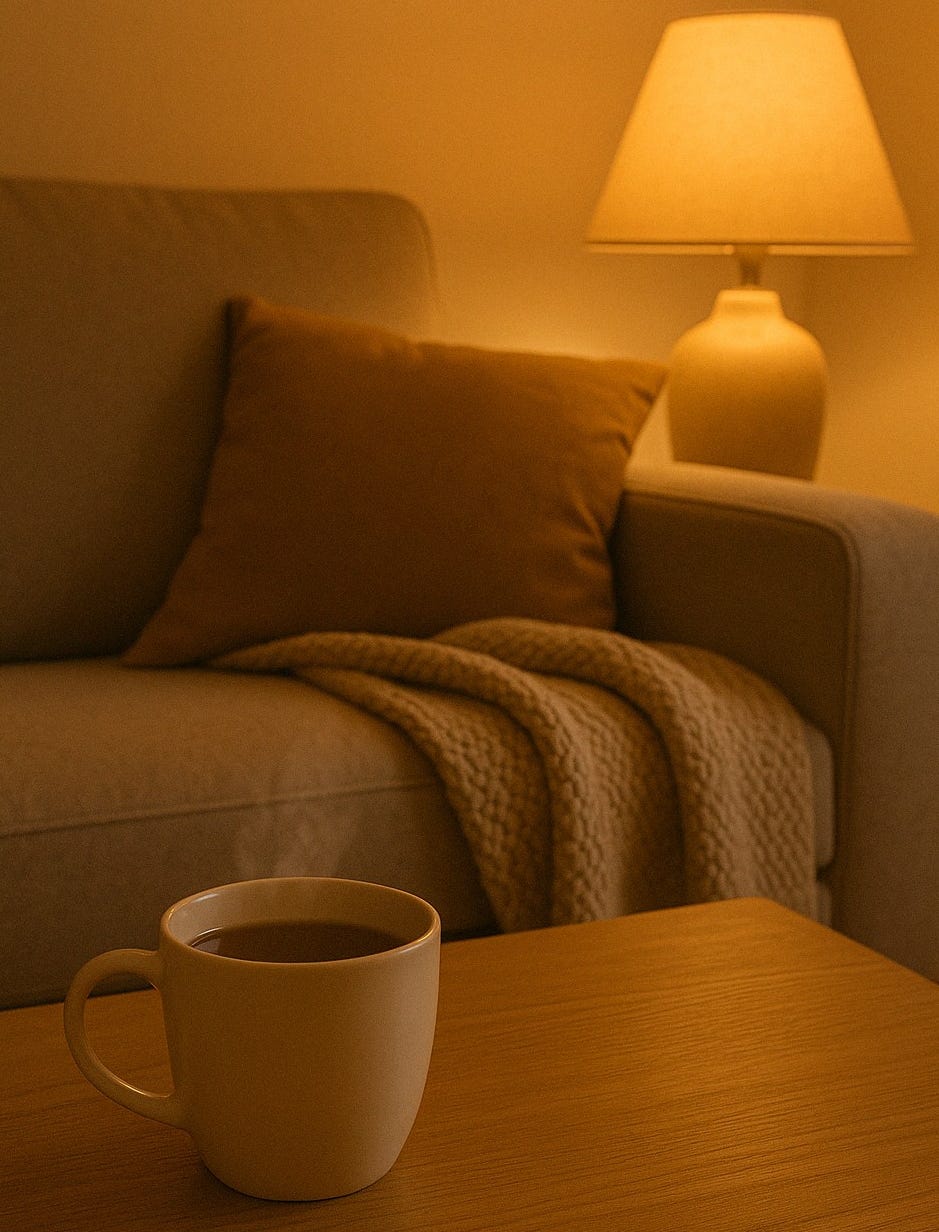The “Good Enough” Routine: Your Shortcut to Less Stress and More Joy
Let’s be real—when you hear “build a routine,” your brain instantly rolls its eyes and says, “Yeah, but who actually has time for that?”
If so, you’re in good company.
Most of us imagine a flawless daily plan, get overwhelmed, and then… nothing changes.
But what if I told you that you don’t need a perfect routine to feel better?
In fact, the best routines are the ones that bend when life gets busy and don’t snap under pressure.
That’s what makes them stick.
Here’s how you can create a “good enough” routine that fits your real life—and helps you dodge burnout.
Why Bother With a Routine, Anyway?
Are you tired of running on empty by Wednesday?
Wish you could actually enjoy your evenings instead of collapsing on the couch?
By the way: What would you do with just one extra hour each day where you actually felt good?
Would you finally read that book, call a friend, or just sit quietly and breathe?
That’s the kind of space a “good enough” routine can give you.
The Morning “Cheat Code” (No 5am Wake-Ups Required)
Let’s bust a myth: You don’t need a 5am workout, a green smoothie, and a 20-minute meditation to have a good day.
Here’s what actually works for most people (and yes, I learned this the hard way):
· Skip your phone for the first 20 minutes.
· Move your body—even if it’s just a few stretches.
· Get dressed, even if you’re staying home.
That’s it. Nothing fancy. Just a few simple moves to start your day on your terms.
Planning That Doesn’t Stress You Out
Ever make a to-do list and feel guilty by lunchtime because half of it isn’t done?
Here’s my shortcut: Only pick one big thing and two small things to focus on. That’s it.
· One important task (the thing you’ll feel proud to finish)
· Two quick wins (stuff you can check off fast)
What if you finished your list by lunch—how would that change your day?
Evenings That Actually Help You Recharge
“But I have too much to do!” Yep, I hear that all the time.
Here’s a trick: Set a “work cutoff” time, even if it’s just 30 minutes before bed. Use that time to unwind, not catch up.
· No work emails after dinner.
· Do something that tells your brain, “The day is done”—maybe a cup of tea or your favorite show.
· Get to bed at a time that feels good, not just when you’re exhausted.
You might be surprised how much better you sleep when your brain knows it’s off-duty.
The Self-Care Shortcut Nobody Talks About
“Take care of yourself.” Easy to say, but what does it actually mean?
Here’s what I’ve learned: self-care is mostly about the basics.
· Talk to someone you like, even for five minutes.
Think it sounds too simple? You’re right. But simple is what you’ll actually do—and that’s what matters.
Add a Little Joy (Yes, Even Now)
When’s the last time you did something just for fun—not because it was productive, but because it made you smile?
What’s one small thing you could do this week just for you?
Go do it. You deserve it.
The Bottom Line
You don’t need a perfect routine to avoid burnout.
You just need a “good enough” routine—one that leaves space for rest, fun, and the stuff that matters.
Try one tip from this list.
See how it feels.
Adjust as you go.
That’s how real balance (and more joy) happens.
References
Malik, H., & Annabi, C. A. (2022). The impact of mindfulness practice on physician burnout: A scoping review. Frontiers in psychology, 13, 956651.
Morse, G., Salyers, M. P., Rollins, A. L., Monroe-DeVita, M., & Pfahler, C. (2012). Burnout in mental health services: a review of the problem and its remediation. Administration and policy in mental health, 39(5), 341–352.
Slade, M. (2021). Management of a High-Performing Mental Health Recovery Research Group. International Journal of Environmental Research and Public Health, 18(8), 4007.
Young AN, Bourke A, Foley S, Di Blasi Z (2024) Effects of time management interventions on mental health and wellbeing factors: A protocol for a systematic review. PLoS ONE 19(3): e0288887












100% with you!